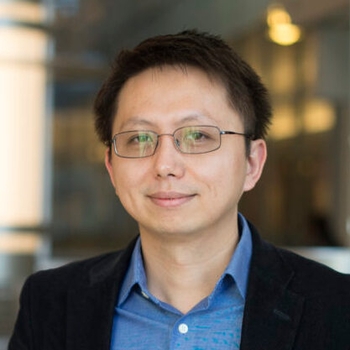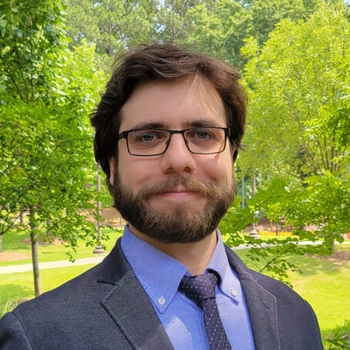Neural Engineering

Objective
Michigan has been at the forefront of neurotechnology since the 1970s, when Ken Wise, now a professor emeritus in Electrical Engineering and Computer Science at Michigan, invented the silicon neural probe. Today a cluster of innovative, accomplished faculty is driving the field forward, working side-by-side with clinicians in the U-M Medical School to focus on translational applications to improve the lives of patients.
Technologies
- High-density neural recording and stimulation of the nervous system
- Computational models of neuromodulation
- Brain-machine interfaces
- Pre-clinical models through clinical trials
Applications
- Treating paralysis and limb amputation
- Restoring vision, feeling, and movement
- Treating epilepsy and Parkinson’s disease
- Reducing pain
- Treating pelvic disorders
- Understanding the brain







